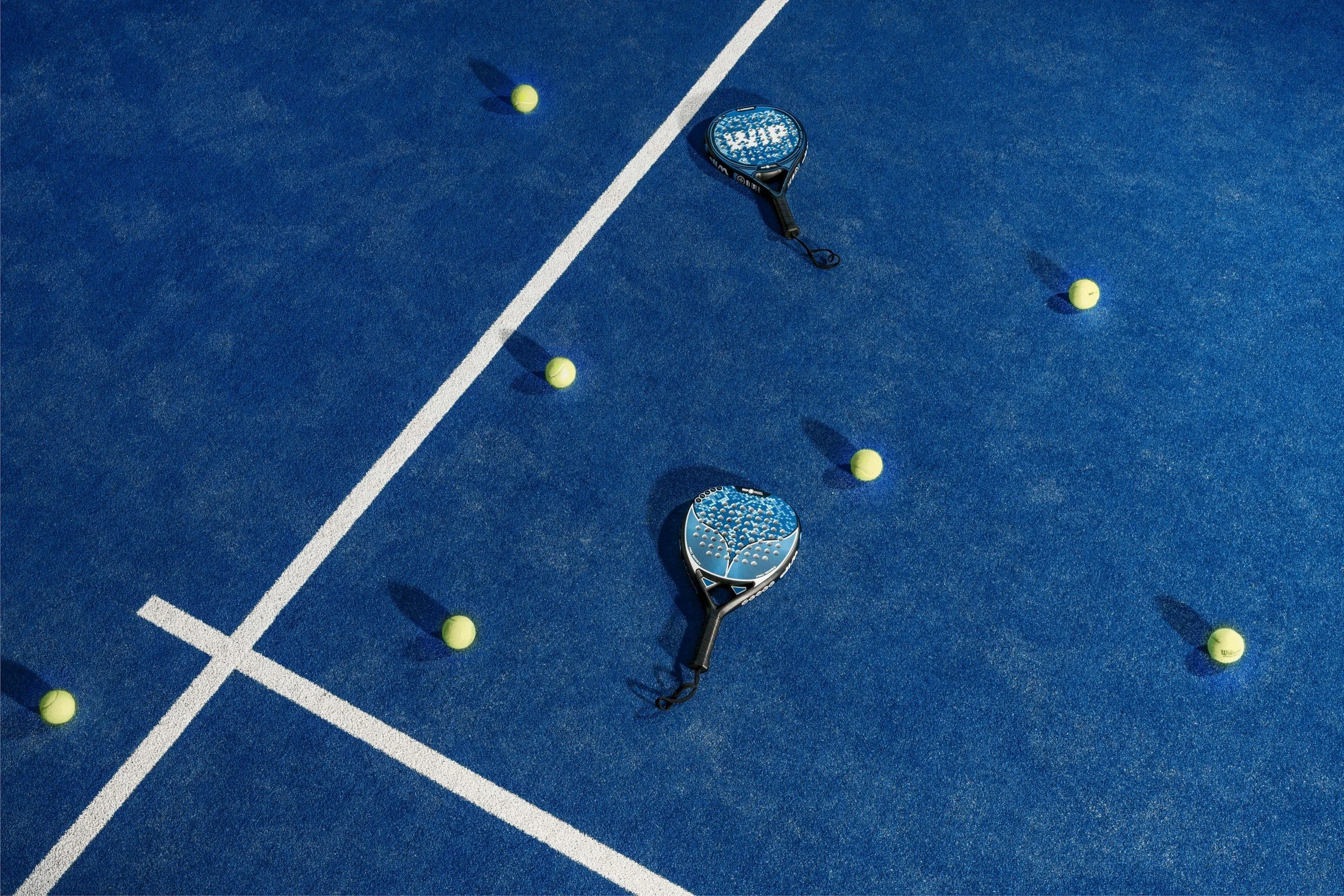How to Transition from Tennis to Padel
If you currently have tennis courts and are considering adding padel courts to your facility, you're tapping into an exciting and rapidly growing sport. Padel combines elements of tennis and squash, offering a fun, dynamic, and accessible experience for players of all levels. Here’s what you need to know to smoothly transition and attract both existing tennis players and new enthusiasts to your padel courts.
Understand the Basic Differences
Court Size and Structure: Padel courts are smaller than tennis courts, measuring 20m x 10m, and are enclosed by walls which are integral to the gameplay. This compact size makes it easier to fit multiple padel courts within the space of a single tennis court, maximising your facility's usage.
Equipment: Padel rackets are solid and perforated, unlike the stringed tennis rackets. The balls are similar to tennis balls but with slightly less pressure.
Scoring: Padel uses the same scoring system as tennis (15, 30, 40, game), making it easy for tennis players to adapt.
Techniques and Gameplay
Strokes: Padel requires shorter, more controlled strokes due to the smaller court and different racket type.
Serves: In padel, serves are underhand and must be hit below waist height.
Volleys and Smashes: The game involves frequent net play and strategic use of the walls.
Wall Play: Unlike tennis, padel incorporates walls into the game. Balls can bounce off the walls before being returned, adding a strategic dimension.
Why not consider coaching sessions or clinics to help players adjust their techniques?
Emphasise the Benefits of Adding Padel
Attract a Broader Audience: Padel is easier to learn and less physically demanding than tennis, making it accessible to a wider range of ages and fitness levels. This can attract new members to your facility.
Increase Utilisation: Due to the smaller court size, you can fit more padel courts within your facility, potentially increasing usage and revenue.
Enhance Community and Social Engagement: Padel is typically played in doubles, promoting social interaction and a community spirit. Hosting padel tournaments, social events, and introductory sessions can help build a vibrant padel community.
Equip Your Padel Courts Properly
Ensure your padel courts are well-equipped with quality rackets, balls, and appropriate footwear. Padel shoes are designed for artificial grass surfaces and can enhance player performance and safety.
Promote and Educate
Educational Materials: Provide informational brochures, posters, and online resources about padel rules, techniques, and benefits to educate your members.
Demo Days and Clinics: Host demo days where members can try out padel for free, along with clinics to teach the basics. This can help generate interest and excitement.
Host tournaments and events: Create opportunities for social interaction and community building around padel. Regular tournaments, leagues, and social events can help establish a loyal group of padel enthusiasts.
Conclusion
Adding padel courts to your tennis facility is a strategic move that can attract new members and provide existing members with a fresh, exciting activity. By understanding the differences, educating players, and fostering a community, you'll ensure a smooth transition and successful integration of padel into your facility. Why not take a look at our range of high-quality padel courts, today!



